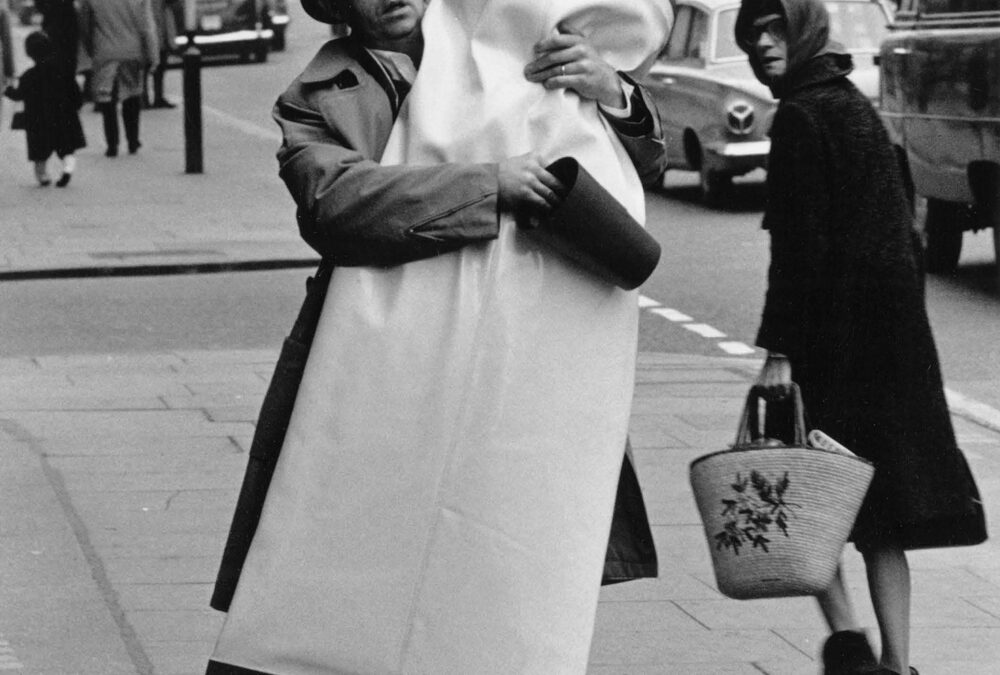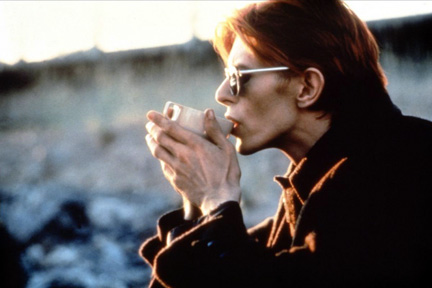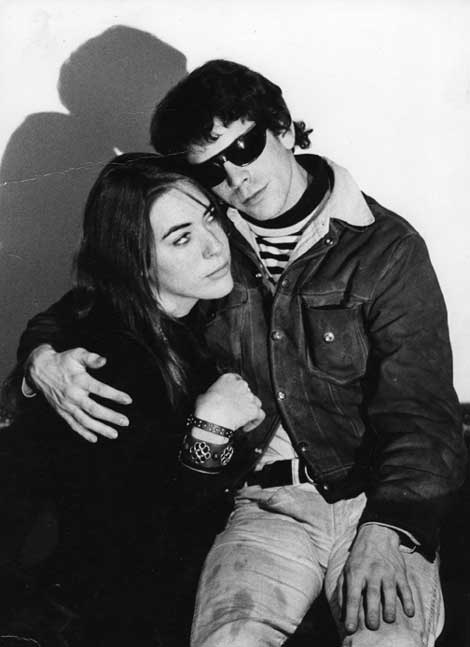My early impressions of Claes Oldenburg and his work were shaped largely by mass media. I tended to think of his work in association with Pop artists like Warhol, Lichtenstein, and Rosenquist—though also artists like Allan Kaprow and to a lesser extent, George...




